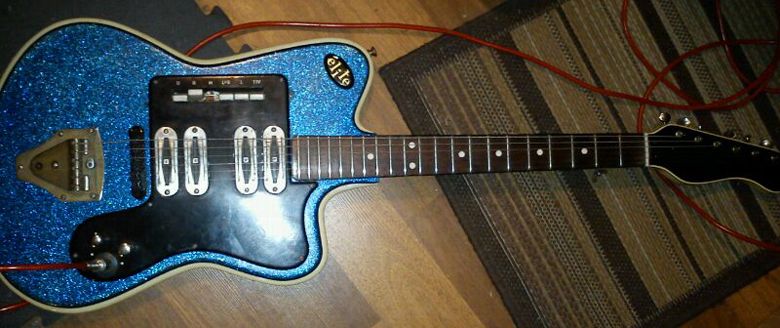 |
| Crucianelli Guitar under the Elite brand name |
Accordion salesmen started going door to door in the late 1940’s selling student instruments on credit and convincing parents to sign up their children for weekly lessons.
There were even “accordion conservatories” in major cities. But then Rock n’ Roll took charge and the accordion sat in the closet.
By the early 1960’s, the guitar was THE instrument.
Many of the accordion manufacturers were based in Italy and Germany. And in the 1960’s they all saw their sales slump so they decided to use the same skills to manufacture and apply them to manufacturing guitars. That is how the Crucianelli Company handled business.
The Crucianelli company was founded in 1888 in Castelfidardo by Sante Crucianelli. Crucianelli, was a former partner of Paolo Soprani. Both men were pioneers of the regional accordion industry. Interestingly, Oliviero Pigini worked for Soprani before Pigini started his own business, the Eko Company.
Sante Crucianelli set up his shop in an area of Italy known as Castelfidardo. The first instruments were inexpensive button accordions that were fairly easy to play. This region of Italy still remains a center of accordion production today.
Though it took a while, Sante Crucianelli’s business became very successful by 1921. In fact he was awarded some of Italy’s top honors of the day, including the Cross of the Cavalier of the Italian Crown. His sons and families remained in this business through 1971.
As previously stated, both Crucianelli Accordions and the Eko Accordion company, run by Pigini, saw the writing on the wall during the early 1960’s and made the business decision to diversify into manufacturing guitars.
 |
| Vox - all but the first made by Crucianelli |
Eko specialized in building acoustic and solidbody guitars and Crucianelli specializing in acoustic hollowbody instruments.
 |
| Olivero Pigini of Eko |
For us to understand the Italian guitar market of that era, one has to look at the accordion design of the day. The accordions that once came in standard black wood or plastic housing were now covered with glittery brightly colored celluloid plastic to stand out under stage lights and attractive to buyers.
These squeezeboxes also came with buttons to switch the instruments sound. Some models were even electrified with built in microphones.
Crucianelli and Eko both utilized these features on their electric guitars. Crucianelli applied these principals to the electric guitars that they built.
 |
| Elite |
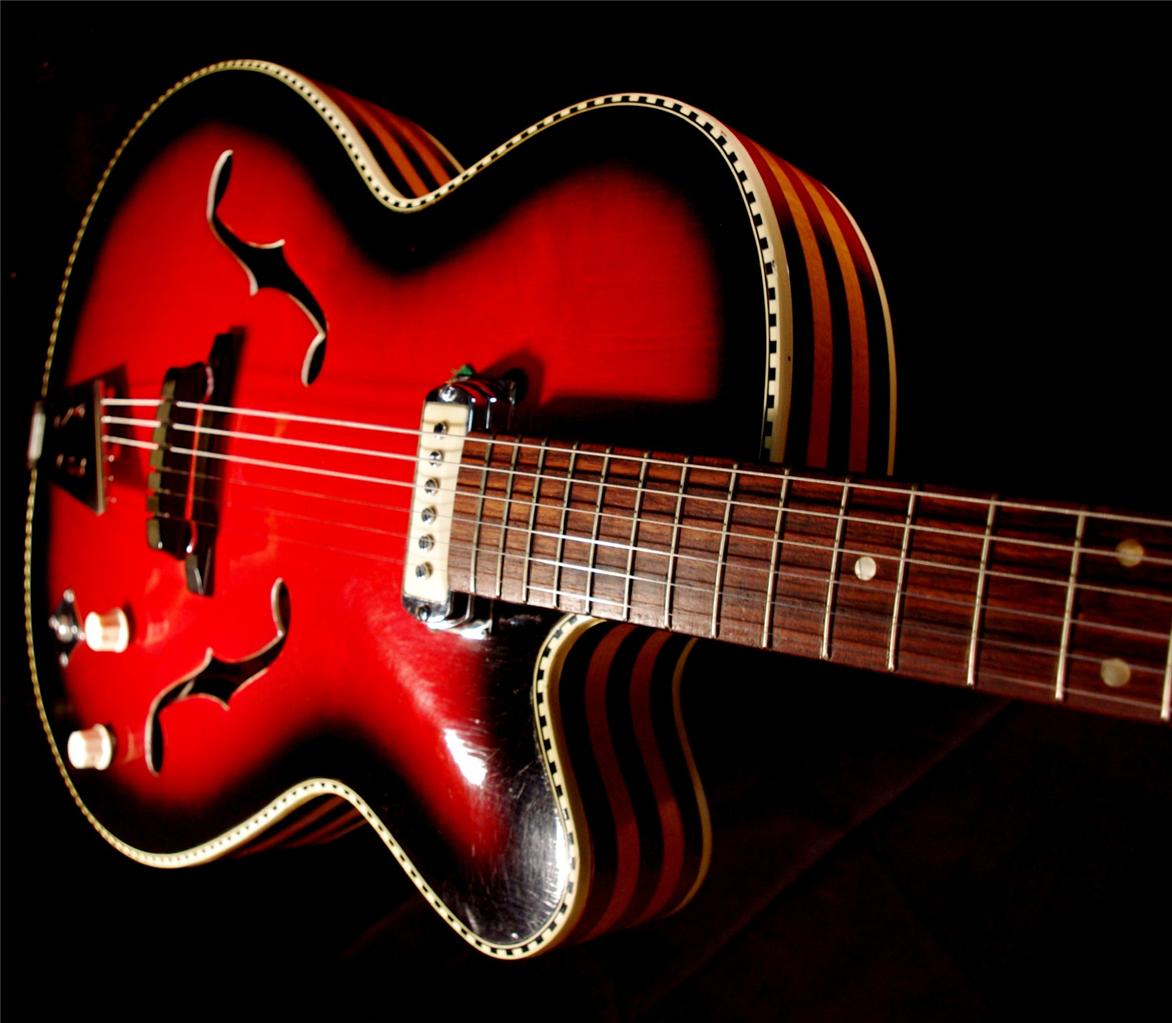 |
| PANaramic guitar by Crucianelli |
Possibly the most unusual Crucianelli was The Spazial. It looked like a quarter moon on its side.
 |
| Vox Astro & Crucianelli |
These instruments were also offered under other brand names for jobbers to sell to retailers and catalog companies.
Crucianelli made some very nice guitars in the ES-335 style and also produced most all of the semi-acoustic guitars for Baldwin when they were in the guitar business.
 |
| España |
 |
| Elite and Vox brand names |
Crucianelli produced a good number of guitars that were made with celluloid plastic bodies, such as this 1962 "mother-of-toilet-seat" Tonemaster.
This Crucianelli guitar appears to be made of wood, but it is celluloid plastic designed to look like wood.
Here are a variety of Crucianelli models from a jobber's catalog.
Crucianelli also produced many wooden guitars that were generally hollow body style instruments. This Elite model has a very interesting vibrato bar.
Here is another 1965/66 model Crucianelli in the style of a 335 but with 3 pickups. They were sold under the brand names Tonemaster, Espana and Crucianelli.
Here is an example of a wooden solid-body Crucianelli that was sold under the Elit-Sound brand name.
Crucianelli also marketed a line of acoustic guitars such as this Crucianelli C100. Some were sold in the USA under the PANaramic brand, while other sold under the Crucianelli brand and the C. Renella brand.
It is not known if these were made by Crucianelli in Italy or subcontracted for distribution.
 |
| Elka X-605 organ |
 |
| Elka Panther 100 |
Products manufactured by the Elka company were distributed by Unicord, another major music manufacturer/distributor, that is responsible for many instruments and amplifiers. At the time these included the Elka Panther Organ. The Elka company was sold to GEM (General Music).
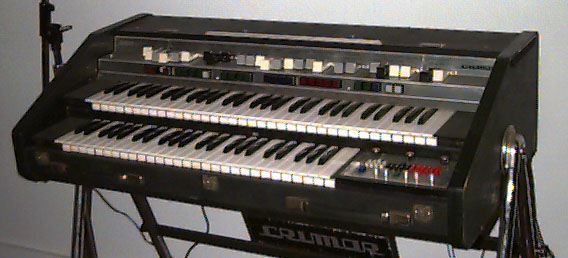 |
| Crumar Organizer |
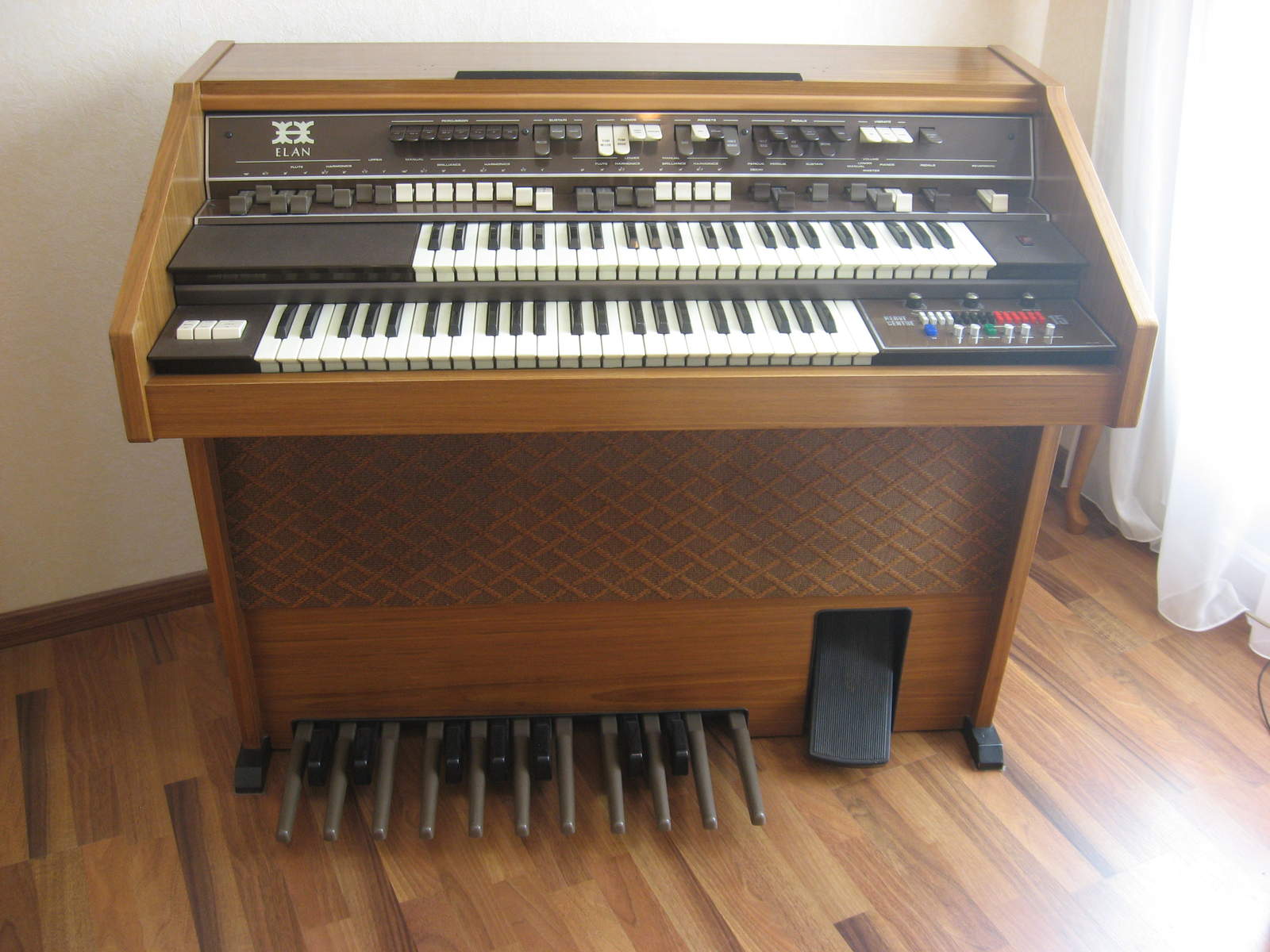 |
| Crumar Elan |
 |
| Vox Jaguar Organ |
The combo organs they built for Vox were a cheaper version of the Vox Continental organ and were called Vox Jaguar organ
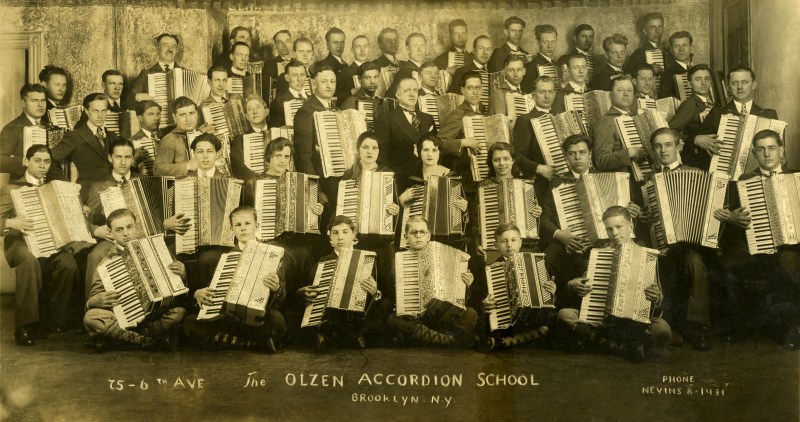

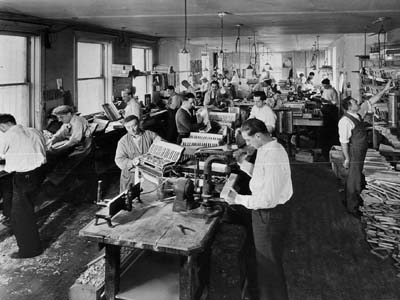


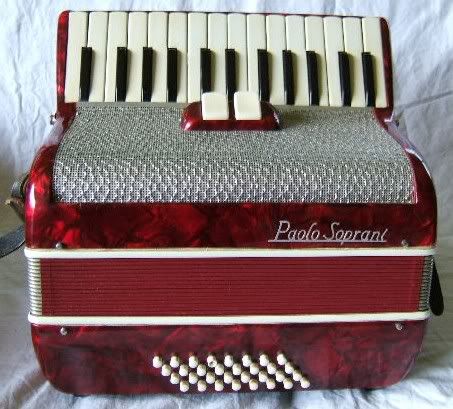
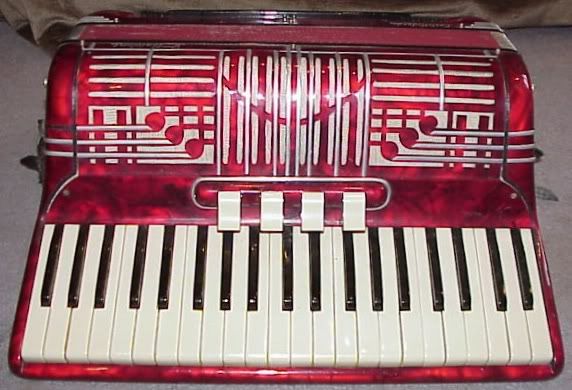




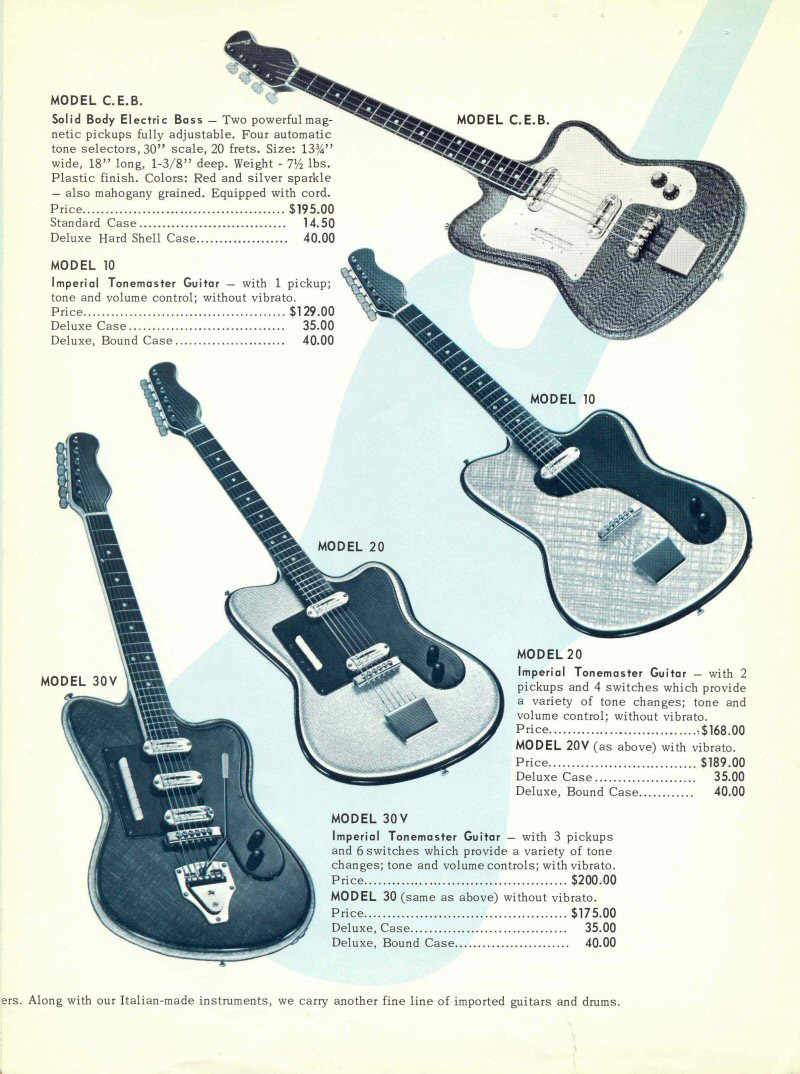

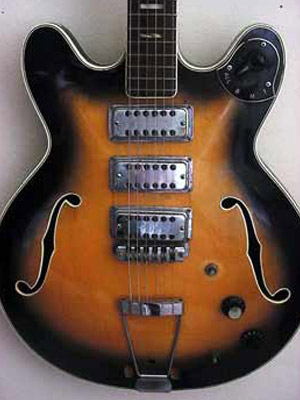




Tidak ada komentar:
Posting Komentar